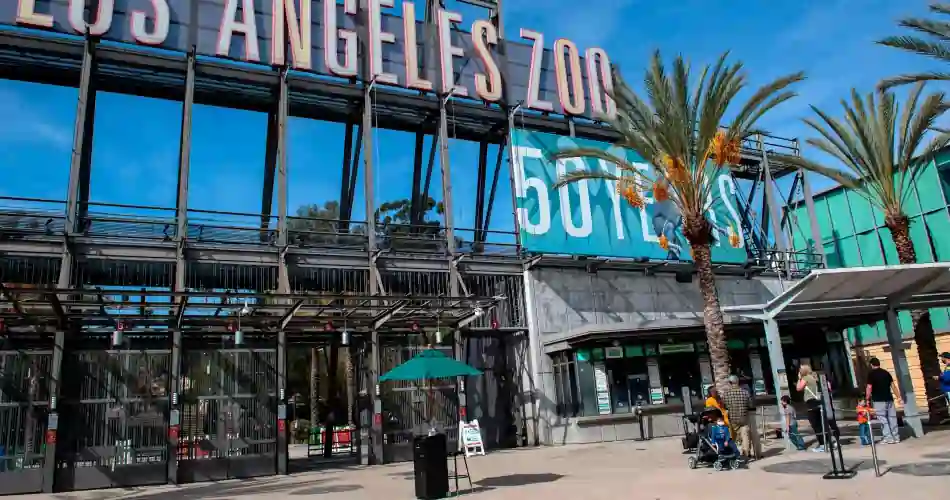Groups filed a petition in Los Angeles Superior Court for a judge to stop the City Council’s actions to expand the zoo; lawsuit says the project would have negative environmental impacts
The city of Los Angeles was sued as a result of the City Council’s decision to authorize a plan to expand the Los Angeles Zoo.
The groups Friends of Griffith Park and Griffith J. Griffith Charitable Trust filed a petition in Los Angeles Superior Court asking a judge to stop the actions approved by the City Council.
According to both groups, the City Council should not have certified the Environmental Impact Report associated with the project before specific plans to mitigate significant environmental impacts had been developed without giving the public an opportunity to adequately review them.
Officials at the Los Angeles Zoo, located in Griffith Park, intend to build a new visitor center and develop a wildlife exhibit space on an open site called “Condor Canyon.”
The desire is also to modernize some built mostly in the 1960s, and expand the zoo’s animal space by as much as 162%.
Critics of the project say the city’s plans would result in the destruction of 16 acres of native vegetation and natural wildlife. Although the purpose is to improve the zoo’s animal facilities and fulfill its mission to promote education and conservation in some respects, much of the plan focuses on creating an entertainment venue and event center, according to the petition filed with the court.
According to the plaintiffs, only 35% of the planned expansion is devoted to direct related improvements for the zoo’s animals.
Among the critics’ concerns, hosting more events at the zoo, including at night, lights and human movement could keep wild animals hunting at night away, which could affect the park’s wildlife.
The Los Angeles city attorney’s office said it would not comment on pending litigation.
On Aug. 2, the City Council cast 13 yes votes and no votes to move forward with a revised Los Angeles Zoo Vision Plan, known as “alternative 1.5,” to be used to develop the facility’s facilities and operations.
During that meeting, Councilwoman Nithya Raman, in whose district she represents the zoo is located, said the revised plan reflected public input, such as the elimination of a multi-story parking garage that had been considered, and left intact an undeveloped hillside that was proposed to be removed to create an African exhibit.
The councilor said zoo director Denise Verret, pledged to design a smaller visitor center, relocate the building and take care of wildlife crossings.
According to Raman, Environmental Impact Reports like the one the council approved are conceptual planning documents, and the next step is to come back with specific designs for the zoo project.
According to the lawsuit, the approved Environmental Impact Report only states that substantial impacts to wilderness will be addressed through mitigation measures “to be determined in the distant future, and out of public view, once the project reaches a 30% design level.”
Critical groups raised concerns about the proposed wildlife exhibit at “Condor Canyon.”
Zoo officials initially proposed excavating tens of thousands of cubic yards of dirt and rock to create an artificial canyon, which was rejected by the community. The lawsuit noted that zoo and city officials said they would consider building a tunnel instead of a canyon if possible.
However, the plaintiffs’ attorney said there is nothing to indicate that the city would build a tunnel instead of a canyon.
The plaintiffs called it ironic that zoo officials are talking about creating an exhibit to highlight the state’s biodiversity when creating such an exhibit could have negative environmental impacts.

